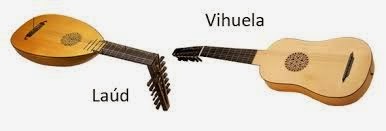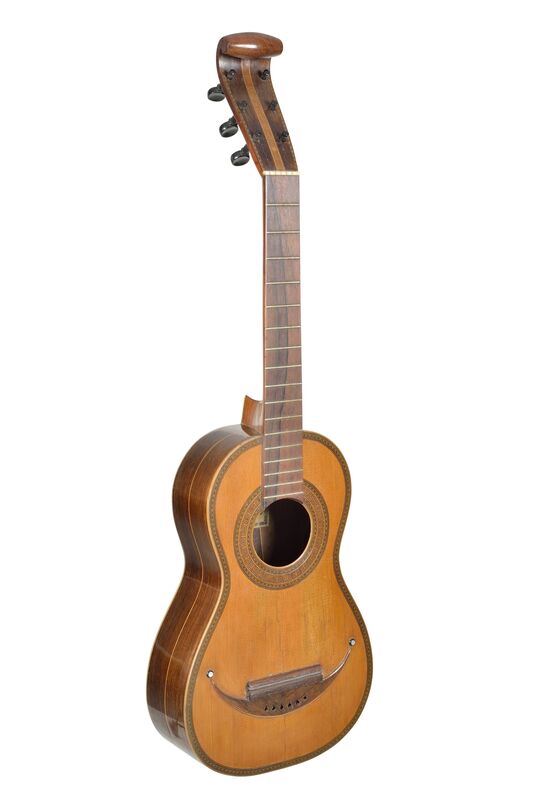The Spanish guitar
The beginnings of the Spanish guitar date back more than 1000 years, with the appearance of the first chordophones (stringed instruments) whose "closest" relative is undoubtedly the well-known lute.
This instrument and its other versions dominated all of Renaissance Europe for their perfect counterpoint sounds, which became more accentuated as they found their home in Spain, where another brother of the lute and direct ancestor of the guitar, the vihuela, was born.

The vihuela gained unusual popularity in Spain to the point that by the sixteenth century there were already recognized virtuoso composers for this instrument.
Many of them began to make modifications to the vihuela by adding a fifth string, although others preferred to remove one from the vihuela.
In spite of everything, the fifth string prevailed and the vihuela began to transform little by little into something new.
And by the eighteenth century, changes in its body and number of strings were so well established (by this time the guitar had six strings) that learn-to-play manuals were very popular.
During the last years of the eighteenth century, one of the final changes in the Spanish guitar took place. Like the addition of harmonic rods, the adjustment of the neck width, and the increase of the soundboard, these remarkable changes were driven by the well-known Antonio Torres.
And it is thanks to him that we can say that the guitar reached the perfection it has today. Torres is also credited with inventing many other "modern" variants of the guitar.
The Spanish guitar is an emblematic musical instrument that has been used in different musical genres around the world. From classical music to flamenco, the Spanish guitar has been an indispensable tool in the creation and performance of musical pieces of great beauty and emotion.